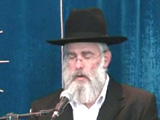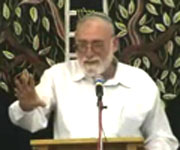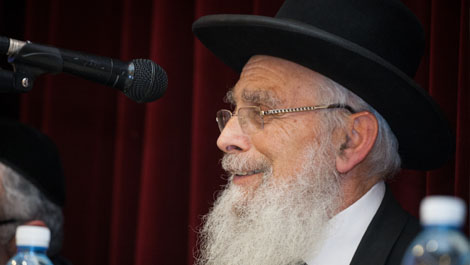Beit Midrash
- Sections
- Chemdat Yamim
- Parashat Hashavua
- Torah Portion and Tanach
- Vayikra
- Emor
In addition to the classical parts of the Beit Hamikdash that mirrored the functions and sections that were found in the Mishkan erected by Moshe, Shlomo’s Mikdash also had a very different section: "He made a hall for the chair where he would judge, a hall of judgment did he make; it was covered with cedar wood from the ground to the ground" (Melachim I:7:7). By providing a whole hall for it, we see that the matter of justice held a very central position within the functioning of the Temple.
The said chair is, in fact, the symbol of justice in several contexts in Tanach. One such source is the pasuk in Tehillim (122:5): "For there they sat in chairs for justice, chairs for the House of David." Another is in Yeshaya (16:5, in reference to Chizkiyahu, or perhaps Mashiach): "A chair will be set with kindness, and he shall sit upon with truth, in the tent of David, judging, and seeking justice, and being diligent in righteousness."
The specific chair in the Beit Hamikdash was described in detail in a later perek of Melachim (I, 10:18-20), and it was indeed a most impressive throne. It was made of ivory and was coated with gold, with six steps leading up to it and figures of lions on either side. All of these elements lend glory and majesty. Its details and the fact that its description was important enough for significant focus show how the Israelite Kingdom viewed justice as a fundamental part of their national and religious lives to a degree that was unusual among the nations. (This is without even going into the various midrashim describing miracles related to this throne of justice.) These ideas reflect an understanding that without a serious judicial system that gives expression to Jewish justice, the kingdom cannot be complete.
In our days and our state as well, the President of the Supreme Court, the Minister of Justice, the Attorney General, and others are central figures who can make a tremendous difference in molding the character of society. The judicial apparatus is a mirror that reflects the true face of the society. Our judiciary must base itself on Jewish values, even when it fails to follow halacha directly.
We hope that religious court systems like our own will make their contribution to society and look forward toward a time when Hashem will "return our judges as in days of old." Indeed Mashiach will sit on the throne of his forefather David, as a judge in addition to a king.























